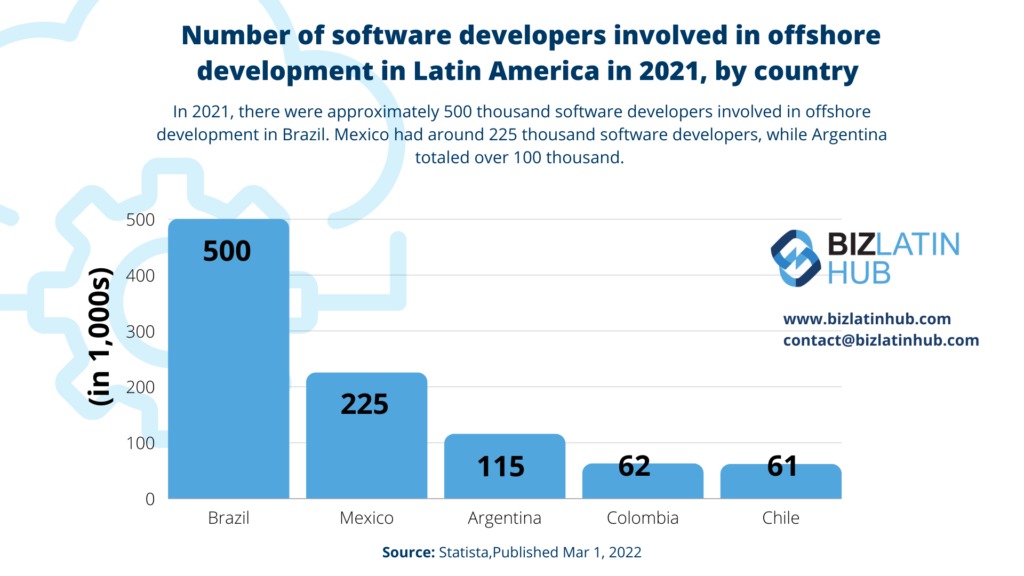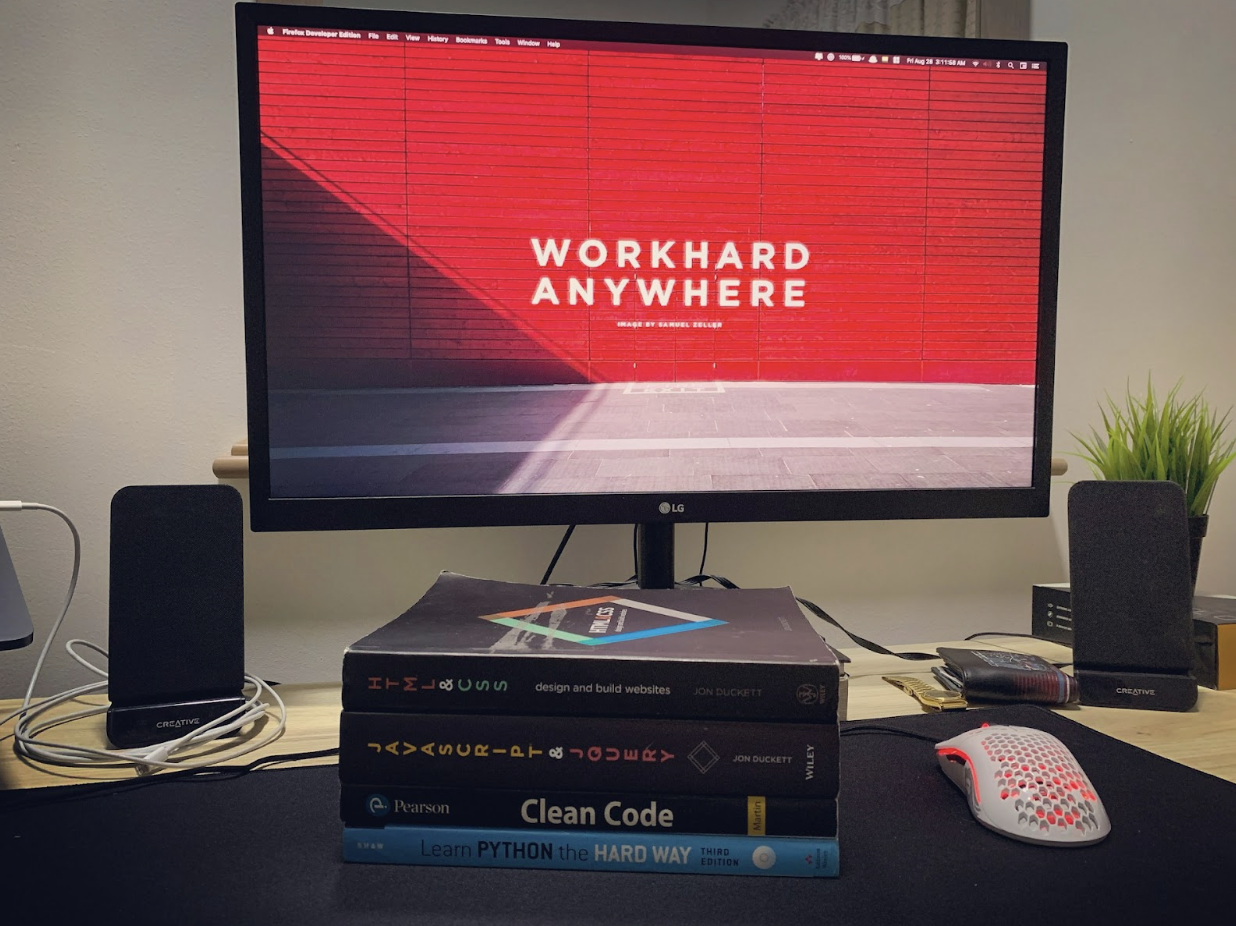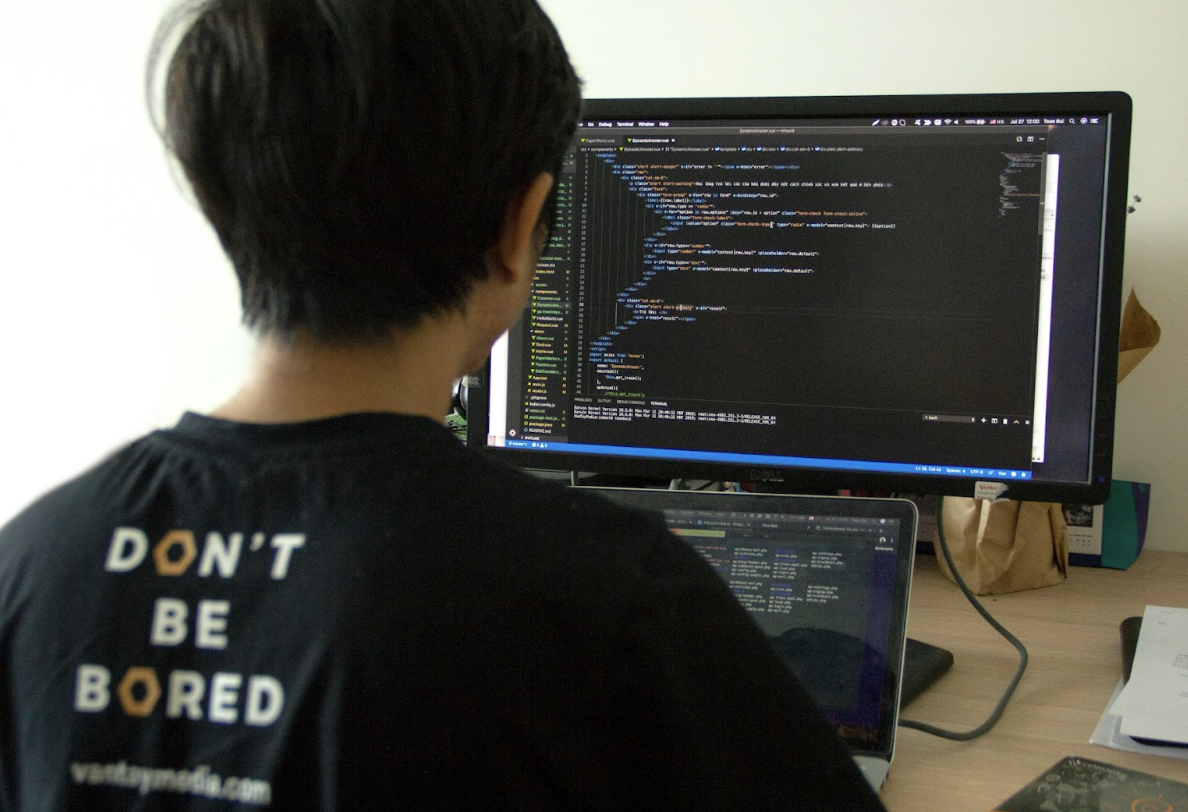 News
News
Time zone diversity is important for global teams, especially in nearshore software development. Why is nearshore on the hype now? Because Latin America has gathered a talent pool exceeding 1.75 million professionals. Therefore, a large number of companies are opting to hire developers from there! It means teams work in different time zones, which has both good and bad sides. The good part is it allows work to continue around the clock. When one team finishes, another starts, speeding up projects. Dealing with different time zones also helps teams learn to work together better, using different tools to talk and share ideas. However, it needs careful planning to make sure everyone can talk when they need to. Managers have to make sure everyone feels connected and respected, no matter where they are. So, while time zone differences can be tricky, they can also help teams work better together and get things done faster. In this blog post, we discuss in detail how different time zones help tech teams work more efficiently while also providing tips on how you can improve your remote team’s time zone affinity and collaboration.
Key Central & South American Time Zones
Argentina Time (GMT-3) - No daylight saving observed.
Bolivia Time (GMT-4) - No daylight saving observed.
Chile Standard Time (GMT-4) - Daylight saving observed.
Costa Rica Time (GMT-6) - No daylight saving observed.
Cuba Standard Time (GMT-5) - Daylight saving observed.
Dominican Republic Time (GMT-4) - No daylight saving observed.
Ecuador Time (GMT-5) - No daylight saving observed. (Galapagos Islands GMT-6)
Guatemala Time (GMT-6) - No daylight saving observed.
Peru Time (GMT-5) - No daylight saving observed.
Strategies for Effectual Communication Across Latin American Time Zones
Implement the Use of Top Communication Tools
In a team spread across different time zones, communication tools play a vital role in bridging the gap. Platforms like email, project management software, and messaging apps allow team members to communicate without the need for everyone to be online simultaneously. By using these tools, team members can leave messages, share updates, and ask questions, knowing that their colleagues will receive and respond to them when it's convenient for them. This ensures that important information is not lost and helps to maintain continuity in the workflow.
Set Up Clear Communication Protocols
Clear communication is essential for ensuring that information is shared effectively across time zones. This includes defining expectations for response times, setting guidelines for meeting scheduling, and setting up proper schedules for sharing important updates. By practicing this, team members know what is expected of them and can plan their communication accordingly. For example, specifying that all urgent messages should be marked as such can help to ensure that they are prioritized appropriately, even in different time zones.
Schedule Regular Live Meetings
While live communication is important for day-to-day interactions, online meetings are also important for building connections and addressing complex issues in a nearshore software development team. To accommodate team members in different time zones, consider scheduling meetings at times that are convenient for everyone or rotating meeting times to ensure that no one is consistently disadvantaged. Another tip is that you can practice recording meetings and sharing notes afterward. This can help to make sure that team members who are unable to attend can still stay informed and contribute to the discussion.
Promote a Culture of Transparency and Inclusivity
Transparency and inclusivity are key principles for effective communication in remote teams. Encourage open communication and feedback, and create opportunities for team members to share their perspectives and concerns. This helps to foster trust and collaboration, even when team members are geographically all over the globe. You should also be mindful of time zone differences when making decisions or sharing information to ensure that everyone has an equal opportunity to participate and contribute.
Use The Help Of Visual Aids and Documentation
Visual aids and documentation can help to enhance communication and ensure that important information is accessible to everyone, regardless of their time zone. This includes using charts, diagrams, and presentations to illustrate complex concepts, as well as creating documentation such as project plans, FAQs, and knowledge bases to provide reference materials for team members. By using these tools and strategies, you can guarantee that information is communicated clearly and consistently, reducing the likelihood of misunderstandings or miscommunication.
Encourage Regular Check-Ins and Feedback
Regular check-ins and feedback sessions are necessary for maintaining team workflow and handling any issues or concerns that may arise. Schedule regular one-on-one meetings with team members to discuss their progress, provide feedback on their work, and address any challenges they may be facing. Think about having meetings where the team looks back at past projects and figures out what went well and what could be better. By encouraging open communication and feedback, you can pave the way for a culture of continuous improvement and ensure that everyone feels supported and valued.
Establish a Shared Calendar and Time Zone Converter
A shared calendar that includes important deadlines, meetings, and events can help to keep everyone on the same page and ensure that no one misses important deadlines or meetings due to time zone differences. Providing team members with access to a time zone converter can help them quickly and easily determine the local time for meetings and deadlines, reducing the likelihood of scheduling conflicts or misunderstandings. By setting up these tools, you can simplify communication and ensure that everyone is aware of key dates and times. One of the best tools for this is Slack as it provides each member’s local time on their profile along with being an easy source of communication and voice chat.
Provide Cross-Cultural Training and Sensitivity
Cross-cultural training and sensitivity are essential for promoting effective communication and collaboration in multicultural teams. Provide team members with resources and training to help them understand and appreciate different cultural norms, communication styles, and work preferences. Encourage empathy and respect for cultural differences, and create opportunities for team members to learn from one another and build strong working relationships. By promoting cross-cultural understanding and sensitivity, you can encourage a positive and inclusive work environment where everyone feels valued and respected.
Hire Nearshore Developers Through Blue Coding’s Staff Augmentation Services
If you own a company, whether it's big or small, and you want to benefit from the assistance of software developers in Latin America, Blue Coding is the ideal option for you. We specialize in providing clients with highly skilled software developers and technical service providers. Our team carefully selects top professionals from Latin America and ensures the security of your company's information. Contact us to book your free strategy call and find out more about our nearshore staff augmentation and outsourcing services!




